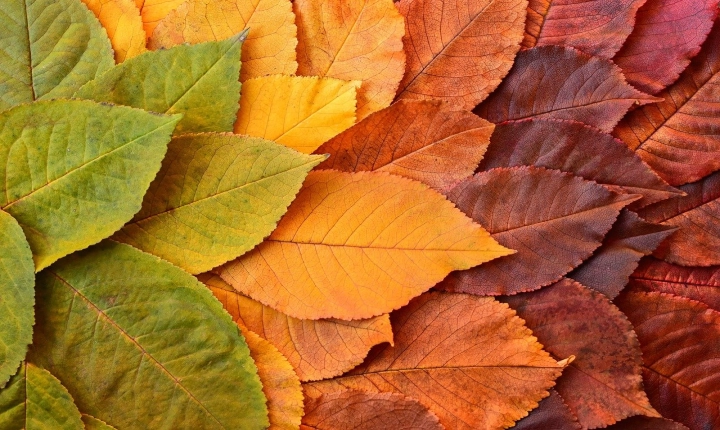Title: Harnessing the Power of AI to Generate Pictures
In today’s digital age, the use of artificial intelligence (AI) to generate pictures has become increasingly prevalent. With the development of advanced algorithms and neural networks, AI has empowered creators and designers to easily generate stunning, realistic images without the need for extensive manual intervention. In this article, we’ll explore the fascinating world of AI-generated pictures, and discuss the various techniques and tools that have made it possible to leverage the power of AI in this domain.
The Process of AI Picture Generation
The process of AI picture generation typically involves using generative adversarial networks (GANs) or variational autoencoders (VAEs). These deep learning models are trained on vast datasets of images to learn the underlying patterns and structures within the visual data. Once trained, these models can then generate new images based on the learned patterns, resulting in remarkably realistic and diverse pictures.
GANs, for instance, consist of two neural networks – a generator and a discriminator – that work in tandem to produce high-quality images. The generator creates images from random noise, while the discriminator evaluates these images and provides feedback to the generator, enabling it to improve its output over time. This adversarial process ultimately leads to the generation of highly realistic and convincing images.
Applications of AI-Generated Pictures
The applications of AI-generated pictures are wide-ranging and diverse. They are extensively used in fields such as digital art, advertising, virtual reality, and gaming. For digital artists, AI picture generation offers an endless well of inspiration and creativity, enabling them to explore new visual styles and concepts. In advertising, AI-generated images can be utilized to create compelling graphics and visual content. In virtual reality and gaming, AI-generated pictures can be used to populate virtual worlds with realistic and immersive visuals.
Tools and Platforms for AI Picture Generation
Several tools and platforms have emerged to make AI picture generation accessible to a broader audience. One prominent example is Nvidia’s StyleGAN, a cutting-edge framework for training and generating high-quality realistic images. StyleGAN allows users to create custom datasets and train their own models, empowering them to produce unique and personalized images. Additionally, platforms like Runway ML and DeepArt provide user-friendly interfaces for generating AI-powered images, allowing both professionals and hobbyists to experiment with AI picture generation without deep technical expertise.
Ethical Considerations and Challenges
While the potential of AI-generated pictures is undeniable, it’s crucial to consider the ethical implications and challenges associated with this technology. One significant concern is the potential misuse of AI-generated images for deceptive or malicious purposes, such as creating fake news or misinformation. Additionally, ensuring the responsible and ethical use of AI-generated images is essential to avoid infringing on privacy rights and intellectual property.
Furthermore, the issue of bias in datasets used for training AI models is a critical consideration. Biased datasets can result in the generation of images that perpetuate stereotypes or inequalities, underscoring the importance of ensuring diverse and inclusive training data.
Looking Ahead
As AI continues to advance, the capabilities of AI-generated pictures will only grow more sophisticated and compelling. With ongoing research and development in the field of AI and machine learning, we can expect to see even more impressive applications and tools for creating AI-generated images. Moreover, addressing the ethical considerations and challenges associated with AI picture generation will be crucial to ensuring its responsible and beneficial use in various industries.
In conclusion, the potential of AI-generated pictures to revolutionize visual content creation is truly remarkable. By harnessing the power of AI, creators and designers can unlock new frontiers of creativity and innovation, paving the way for a future where stunning, lifelike images can be effortlessly generated at the click of a button.
